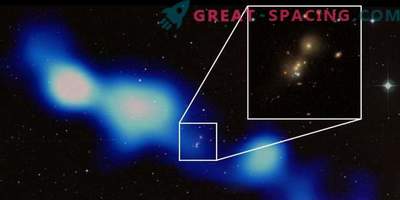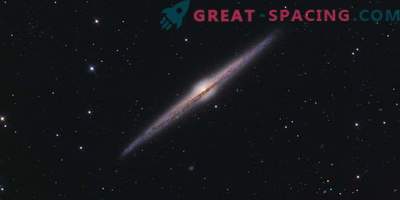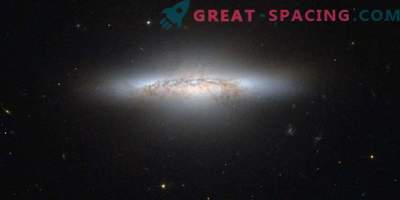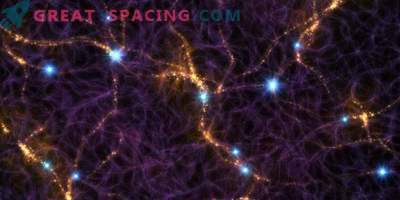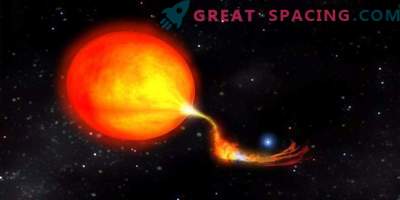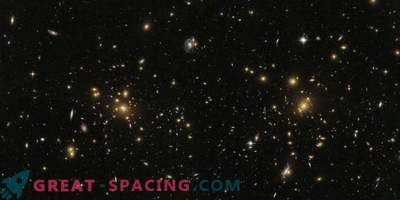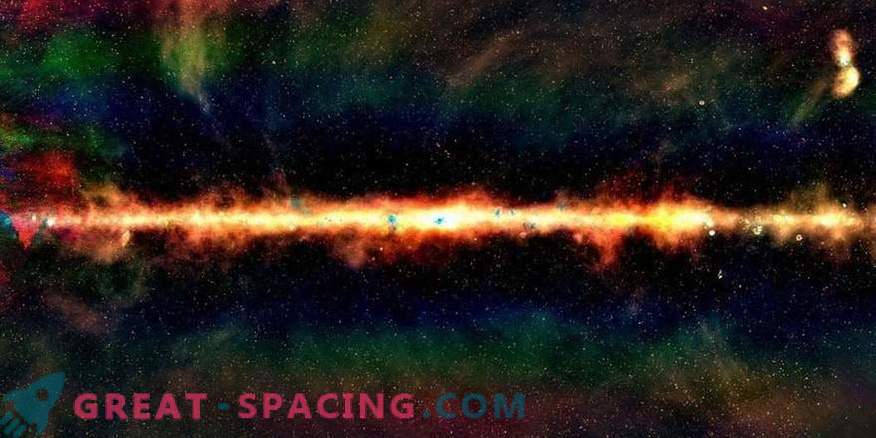
An international team of scientists decided to study the unusual extragalactic radio signal source IC 1531. The new paper analyzes the nature of high-energy emissions, assuming that the source is a radio galaxy.
Extragalactic radio sources are one of the most unusual, extreme, and energetic physical processes in the Universe. They are endowed with a unique morphology and are able to provide important clues to the evolution of galaxies and galactic groups. Usually such sources turn out to be radio galaxies, quasars or blazars with powerful radio waves.
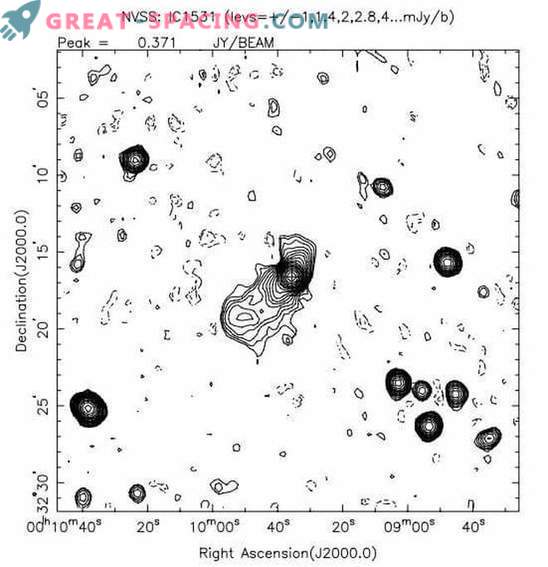
NVSS IC 1531 contour map at a frequency of 1.4 GHz. The radio structure in the center is 220 kpc.
IC 1531 (PKS 0007-325) is located at a distance of 350 million light years from Earth. This is an extra-galactic source of radio signal associated with the gamma object 3FGL J0009.9-3206. IC 1531 many times flashed in various surveys and catalogs, but previously it was not studied so closely. Using observations from the LAT telescope aboard the Fermi spacecraft, NASA was able to determine that IC 1531 is of an indeterminate type. However, the new study was able to assess high-energy emissions and perform the classification. Now they used the VLA antenna array, the XMM-Newton mission and the Chandra and Swift observatories of NASA.
Analysis shows that IC 1531 demonstrates a brightly reactive structure visible in radio and X-rays, enclosed in a broad radio structure with a coverage of 717000 light years. The brightness of a large-scale radio structure reduces the output from the nucleus, and the X-ray spectrum of the jet is compatible with synchrotron radiation.
The observed morphology of IC 1531 indicates that a low-power FR I radio galaxy should be called a radio source, demonstrating a moderate increase in flux in the Doppler gain. The authors add that IC 1531 can be a valuable target for astronomers studying sources at the boundaries between radio galaxies and Blazars.
